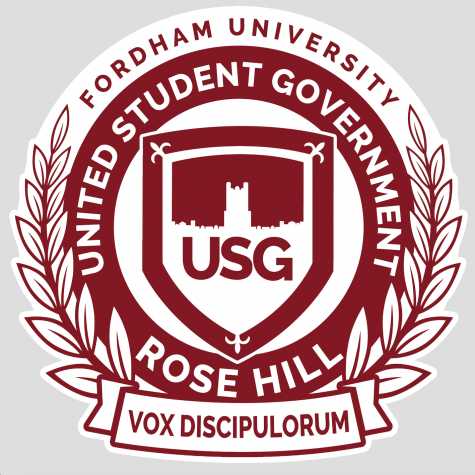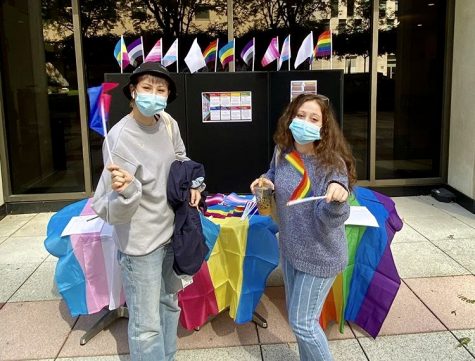Fordham Student Loan Default Rate Compares Positively to Other Institutions
October 21, 2020
On Oct. 6, LendEDU, a website dedicated to educating consumers about various financial products, including student loans, released an article using data from the Department of Education to compare the student loan default rates of colleges around the country for the 2017 fiscal year.
The LendEDU article states that Fordham University’s student loan default rate is 2.8%, which places it in the rank of 638 out of the 4,398 schools reviewed in the nation compared to 2016’s ranking of 586, and 59 out of the 328 schools in New York compared to 2016’s ranking of 64.
According to the Open Education Database, a school’s student loan default rate is the percentage of students who default on, meaning to fail to repay within the specified time frame, their federal student loans. A higher rate of student loan default indicates that more students are failing to repay their student loans once they graduate.
The website for the Federal Student Aid office of the United States Department of Education details possible consequences of defaulting on a loan, including that defaulting on a loan can lower a student’s credit score for years into the future, restricting their ability to rent property or take out further loans.
In general, four-year private non-profit schools had the lowest average student loan default rate, at 6.5%, compared to the average student loan default rate for four-year public non-profit schools at 7.2%. The average loan default rate for 6,060 schools of all types throughout the country is 9.7%.
However, Fordham’s 2017 default rate of 2.8% indicates a 0.2% increase from the 2016 fiscal year’s default rate of 2.6%.
Mike Brown, director of communications for LendEDU, said that Fordham University’s current student loan default rate of 2.8%, compared to the national average student loan default rate of 9.7%, is relatively encouraging, though it leaves room for improvement.
The number of Fordham graduates unable to repay their student loans following graduation, while not as low as possible, is quite better than the average in the United States, he said.
“I think Fordham students can look at this report and realize that getting a degree from the institution is relatively affordable compared to other schools around the country,” said Brown. “I think they can also think about ways to make their college experience even more affordable by implementing strategies such as applying for more scholarships and grants or having their parents apply for a parent-student loan.”
John Buckley, Vice President for Admission and Student Financial Services for Fordham, said that while Fordham would prefer their student loan default rate was lower, a rate of 2.8% is objectively low. He said in 2016 the national average was 10.1% and the average among 4-year private schools was 6.3%.
“As is often the case with these rankings, one number doesn’t tell the whole story. There are a number of factors that determine default rates: among them, Universities with larger endowments can afford to award more and larger financial aid packages, reducing the number of students who rely on student loans (and hence the number who default); and Universities that admit a greater number of students with large financial need will likely see more student loans and more defaults,” said Buckley.
This article will be updated as new information comes to light.












If you want a picture to show with your comment, go get a gravatar.